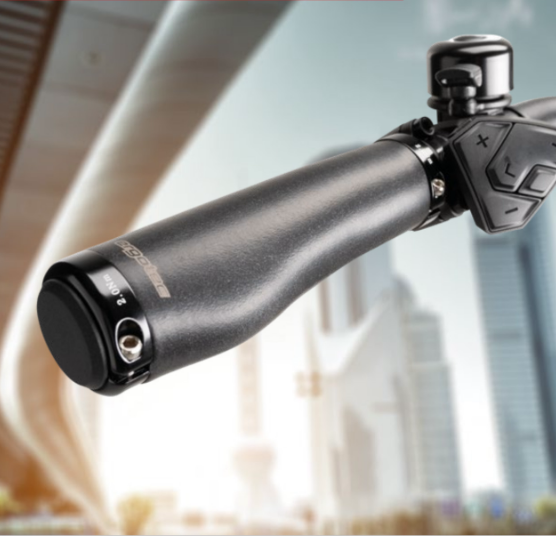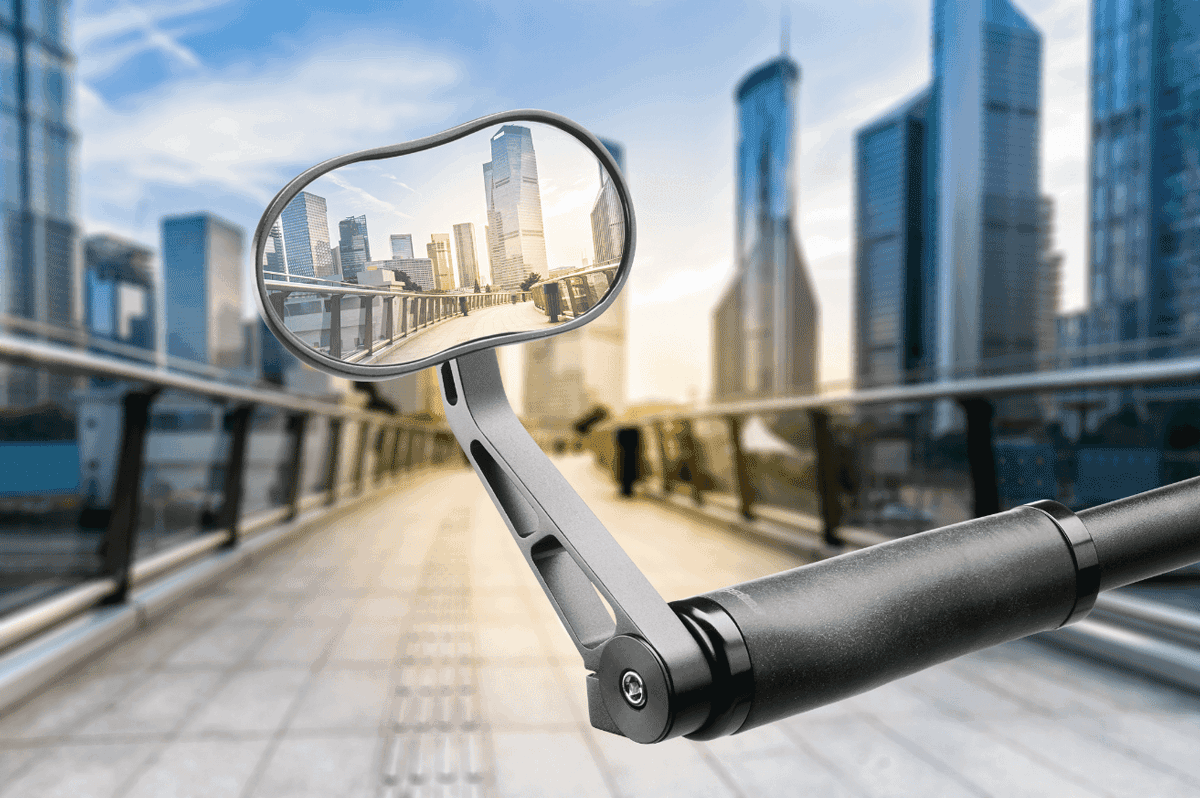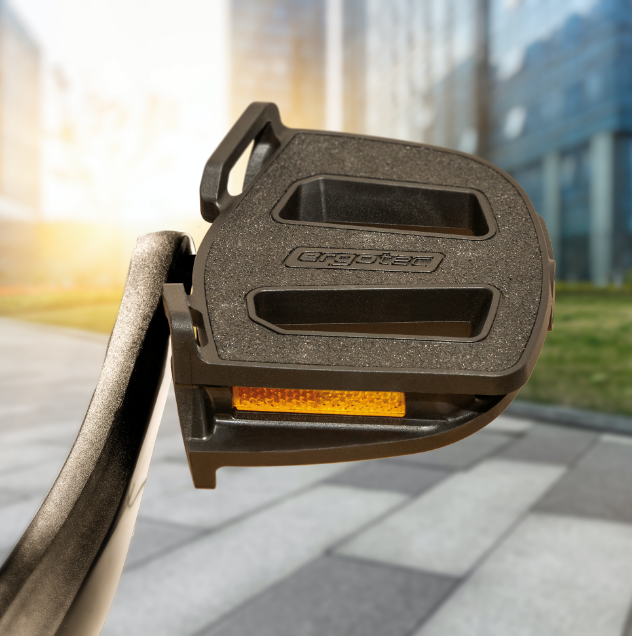Straight Curved?
Curved handlebars are a better choice. The hands then rest on the grips in an anatomically natural position.
Straight handlebars only make sense on really racy bikes because the steering response is felt and influenced more directly.

The curve of the handlebars depends on your cycling style and body size.
The smaller the angle between the upper arm and the upper body, the greater the curve of the handlebars should be.

Ideal
The pressure on the grip is evenly distributed.
The forearm and hand are in line.
Nerves and blood vessels extend naturally.

Critical
Pressure peaks on the grip.
The wrist (nerves/vessels) is bent because the handlebar curve is too low. Excessive muscular strain on the arm and shoulder.

Handlebar width
Handlebars come in different widths. After all, people also come in different sizes. Just as with clothing, you should pay attention to the correct size for the handlebars - from XS to XXL, such as with the Ergo series from ergotec.

The basic rule: the handlebar width should be the same as the shoulder width. This is measured on the body from shoulder joint to shoulder joint and on the handlebars from the centre of the hand to the centre of the hand.

Angle of grip
The correct angle of grip for handlebars depends on various factors such as rider size, type of use and personal preferences. With many handlebar variants you will find different angles of grip. Of course, we also have an example for you:
The upper handlebars are the Ergo XXL 25,4 handlebars from ergotec. They are 650mm wide and have a back sweep of 16°. The lower handlebars are also Ergo 25,4 handlebars from ergotec, but in width S. They are 570mm wide and only have a back sweep of 8°.
Advice
As you can see, choosing the right handlebars is not easy. Always seek advice from a specialist dealer on this subject and, if possible, try out different types of handlebars before making a purchase.










